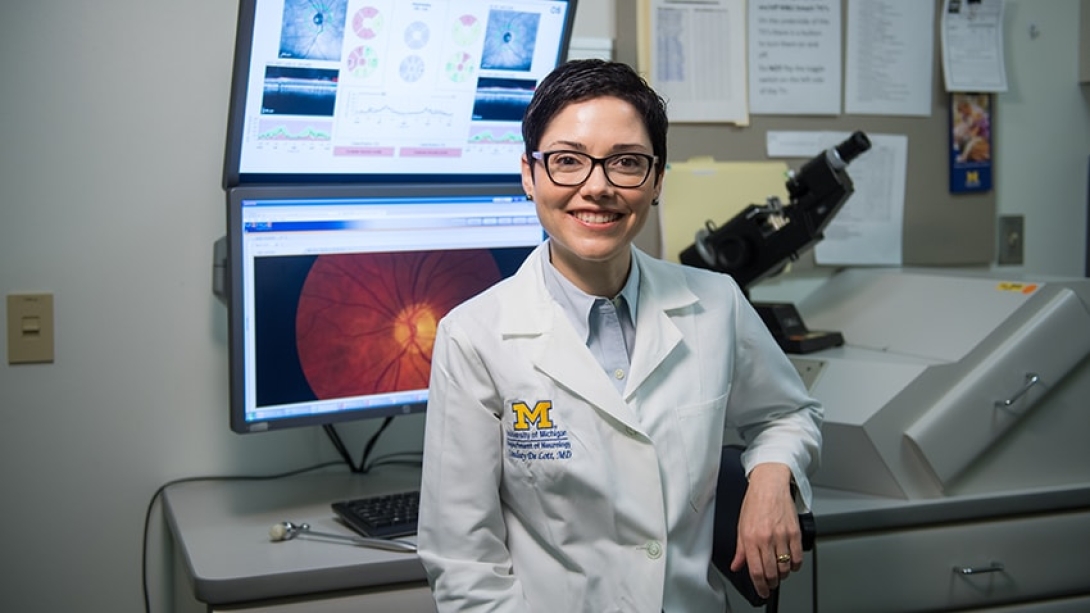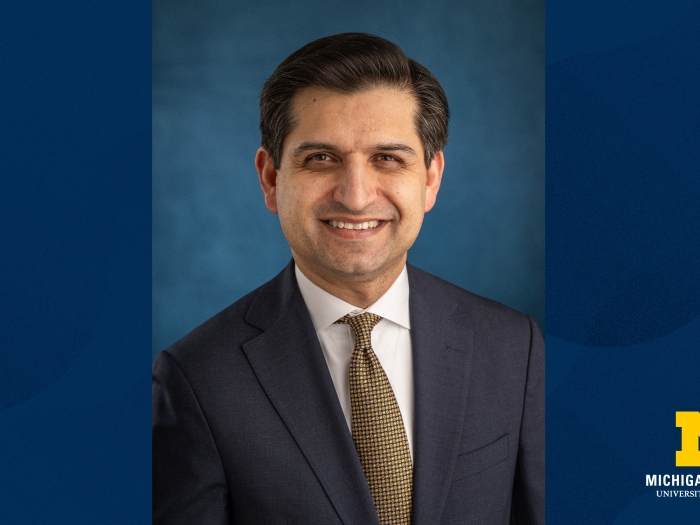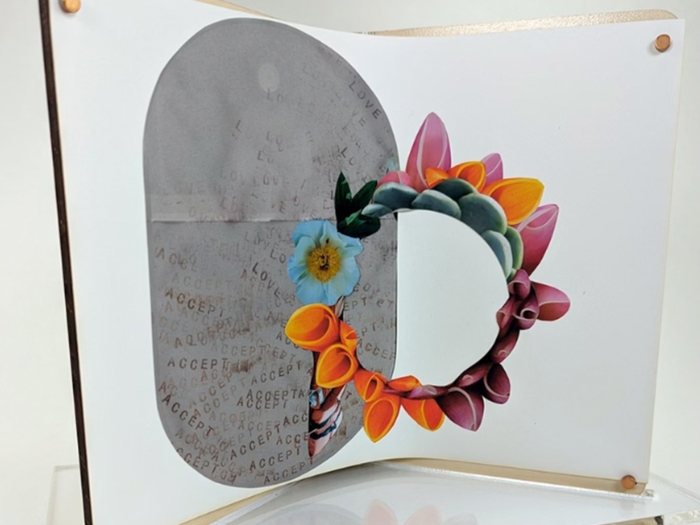Seeing double is a fairly common issue — that can be serious. That’s why both eye specialists and primary care providers should be prepared to address it.
11:00 AM
Author |

Many people each year see a doctor for double vision, leaving physicians to determine if a patient needs new eyeglasses — or is facing something worse.
MORE FROM THE LAB: Subscribe to our weekly newsletter
A University of Michigan Kellogg Eye Center study reveals just how common double vision, also known as diplopia, is in the United States and how often doctors use a CT scan or an MRI to see if a brain tumor or another serious issue is causing the vision problem.
An estimated 850,000 visits to doctor's offices and emergency departments occur each year in the U.S. for double vision, though life-threatening diagnoses are rare, according to the study published in JAMA Ophthalmology.
"Ophthalmologists have always thought double vision was pretty common, but we could never say how common it really was until now," says lead study author Lindsey DeLott, M.D., a neuro-ophthalmologist at Kellogg and researcher at the U-M Institute for Healthcare Policy and Innovation.
Understanding the frequency of diplopia visits and the diagnoses that result can guide future efforts to provide patients with the best health outcomes.
DeLott and colleagues, including U-M neurologist James Burke, M.D., M.S., looked at data collected across the country every year from patients seen at doctor's offices and hospital emergency departments.
It's the first study to provide population-based estimates of diplopia in the U.S.
Data in the outpatient setting showed cataract and nonspecific eye deviations were common causes of double vision. Most of the patients did not have any other potentially neurological symptoms. But in the emergency department, serious diagnoses such as stroke and transient ischemic attack were more common, as were other accompanying neurological symptoms. Most visits for double vision were for patients ages 50 and older.
"It's imperative that all ophthalmologists are skilled in the evaluation of diplopia and knowledgeable regarding the broad differential diagnosis, which include potentially life-threatening conditions such as a stroke, brain tumor or aneurysm," DeLott says.
While some worried patients with double vision went to the emergency department, most made a doctor's appointment to be checked out.
The 10-year population-based study, from 2003-2012, also found:
-
Care for double vision occurs in ophthalmology offices 70 percent of the time. Occasionally people went to primary care providers (family physicians, pediatricians and internal medicine physicians) or neurologists.
-
The odds of undergoing diagnostic tests such as CT scan or MRI were lower if seen by an ophthalmologist rather than another physician.
-
Imaging was ordered in 7 percent of doctor's visits for diplopia and 60 percent of emergency department visits.
In the emergency department, about 15 percent of visits for diplopia received a serious neurological diagnosis of ischemic stroke or transient ischemic attack, known as a mini-stroke, compared with none in the ambulatory care setting.

Exploring other symptoms
Doctors can provide appropriate care for patients with double vision by focusing on more than the disorienting vision problem.
SEE ALSO: To Provide Better Eye Care, Ask More Questions in Advance
Sudden trouble seeing in one or both eyes can be a sign that a blood vessel to the brain is either blocked by a clot or ruptured. But there are other stroke signs and symptoms such as numbness or weakness of the face, arm or leg, loss of balance, confusion or trouble speaking.
The public has been taught the easy guide of F.A.S.T. to recognize a stroke emergency and to immediately seek lifesaving medical care.
"When patients show up at a doctor's office with double vision and nothing else is going on, get them to an eye doctor who is skilled at evaluating the problem, rather than ordering imaging," says DeLott.
But the same may not be true in the emergency department.
Patients presenting to the emergency department primarily for double vision were more likely to have a serious neurological condition, so the threshold for neuroimaging should be lower, the author says.
The study is consistent with advice from the American Academy for Pediatric Ophthalmology and Strabismus. Its Choosing Wisely recommendation tells health care providers to avoid routine imaging for all patients with double vision, at least in the outpatient setting when there are no other neurological signs or symptoms.

Explore a variety of healthcare news & stories by visiting the Health Lab home page for more articles.

Department of Communication at Michigan Medicine
Want top health & research news weekly? Sign up for Health Lab’s newsletters today!





